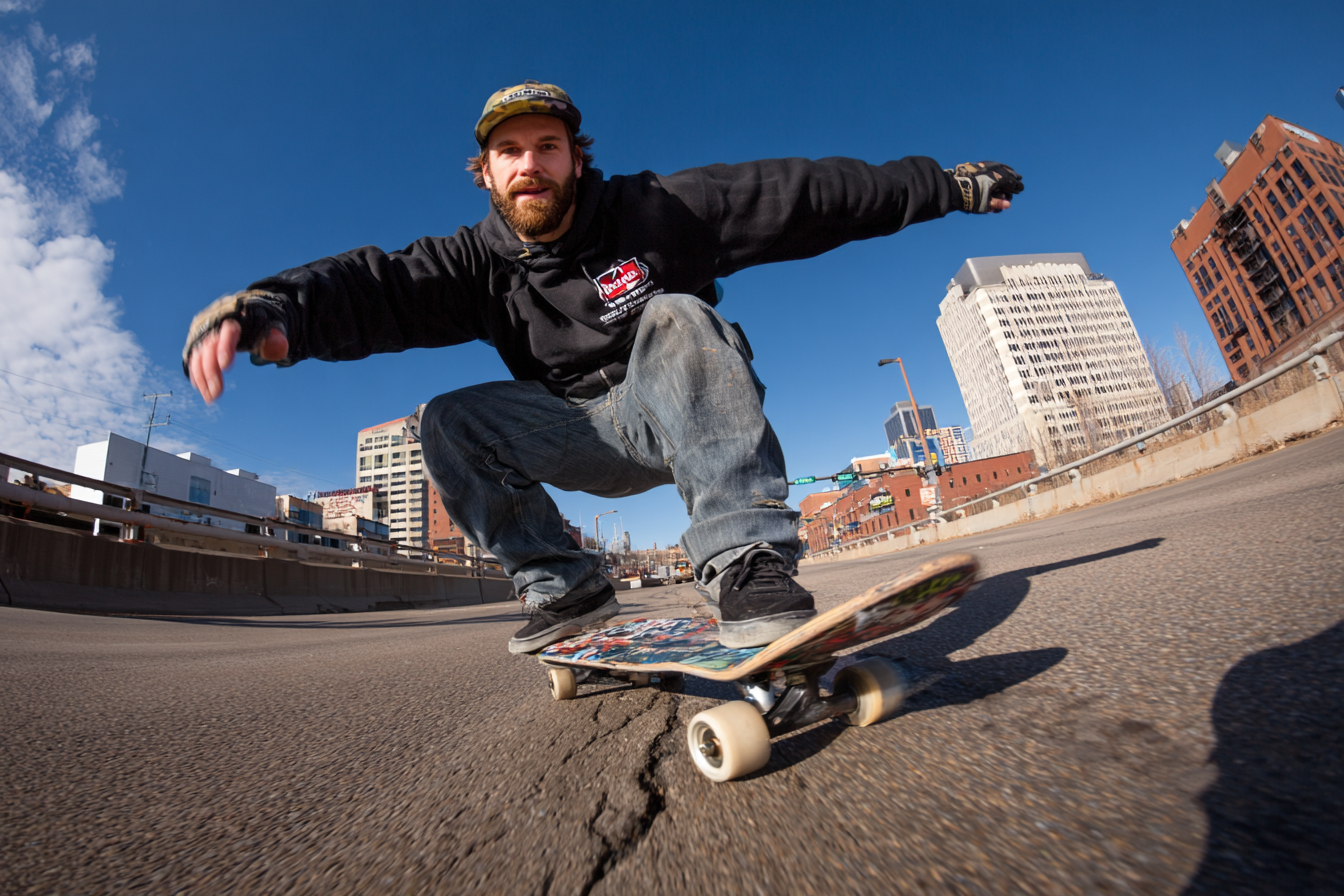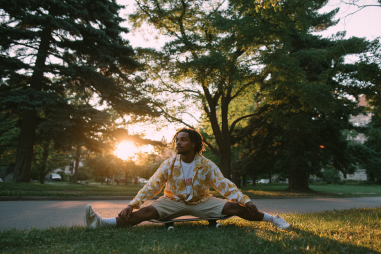Skateboarding photography is more than just snapping pictures of tricks and flips; it’s an art form that captures the spirit, motion, and lifestyle of skate culture. While the skills of the skater are undoubtedly impressive, the way you compose your shots can elevate your photos from simple action records to storytelling masterpieces. Understanding and applying strong composition principles transforms your skateboarding images, making them not only visually stunning but emotionally engaging. If you’re looking to improve your skate photography, exploring creative composition ideas is the key to capturing the perfect shot every time.
Why Composition Matters in Skate Photography
Composition is the backbone of any great photograph. It dictates how the viewer’s eye travels within the frame and how the story unfolds visually. In skateboarding photography, the subject is dynamic and fast-moving, so a thoughtful composition helps highlight the skater’s skill and environment while keeping the image balanced and compelling. Strong composition ensures your photos stand out, capturing both the technical execution of tricks and the energetic culture that surrounds skateboarding. Without it, even the most impressive tricks may appear flat or chaotic.
Rule of Thirds and Framing Tricks
The rule of thirds is one of the most fundamental composition techniques and especially useful in skateboarding photography. Imagine dividing your frame into a grid with two horizontal and two vertical lines, creating nine equal sections. Placing your skater or key elements along these lines or at their intersections draws natural attention to them and creates a balanced image.
But don’t stop at placing your subject in the center. For instance:
- Position the skater near one-third of the frame to allow space in the direction they are moving. This conveys motion and anticipation.
- Use natural elements like ramps, rails, or urban details to frame your subject within these thirds, enhancing focus and depth.
The rule of thirds often helps prevent stagnant, centered shots and adds life and movement to your skateboarding photography.
Using Leading Lines and Natural Patterns
Leading lines are powerful compositional tools that guide the viewer’s eye through the photograph toward the main subject or point of interest. Skateparks, streets, and urban environments are full of such lines:
- Rails, stair edges, and pavement cracks can create lines that draw you straight to the skater or the peak moment of the trick.
- Use painted lines or shadows as subtle guides to emphasize the flow of motion.
Natural patterns and repetitive shapes — like tiles, fences, or bricks — add texture and rhythm to your composition. By aligning your subject with these patterns or interrupting them in interesting ways, you create contrast and highlight the dynamic nature of skateboarding.
Capturing Symmetry and Asymmetry Effectively
Symmetry in skate photography can evoke a sense of balance and harmony, while asymmetry emphasizes tension and energy. Both have a place depending on the story you want to tell.
For symmetry:
- Look for reflections in puddles, mirrored architecture, or symmetrical skatepark features that frame the skater exactly in the center.
- This approach works well with controlled, impressive tricks that command attention and strength.
For asymmetry:
- Place the skater off-center and combine with dynamic backgrounds, varied lighting, or unusual elements to create visual interest.
- Asymmetry can imply motion and unpredictability, perfect for the raw and spontaneous nature of skateboarding.
Framing with Environment and Skate Elements
One of the most exciting aspects of skate photography is the environment—whether it’s a skatepark, urban streets, or a backyard setup. Using the environment creatively as a frame around your subject gives context and depth to your images.
- Skate elements like ramps, rails, ledges, or graffiti walls can form natural frames, enclosing your skater and drawing attention.
- Try shooting through chain-link fences, doorways, or archways to add layers and create a sense of discovery.
- Environmental frames can also help tell a story, showing where the skater is and adding mood or atmosphere, such as gritty streets or colorful murals.
Experimenting with Angles and Perspectives
The angle and perspective from which you shoot can dramatically change the impact of your skateboarding photos. Some classic and creative approaches include:
- Low angles: Shooting from ground level makes your subject look larger-than-life and emphasizes height and action.
- High angles: Shooting from above offers unique views of trick setups and patterns on the ground, giving context to the movement.
- Side angles: Capture the skater’s form during the trick and showcase the flow of motion.
- Close-ups: Zoom in on facial expressions, foot positioning, or board contact to add intimacy and detail.
Don’t hesitate to move around and try unconventional angles. Sometimes, shooting through objects or incorporating reflections can add a fresh perspective and make your photo stand out.
Incorporating Motion and Flow in Composition
Motion is the essence of skateboarding, and encapsulating that flow in a still photo requires thoughtful composition. Here are some ways to incorporate motion effectively:
- Use blur: Panning your camera to follow the skater can keep them sharp while blurring the background, emphasizing speed and movement.
- Direction of motion: Always leave space in front of the skater to show where they are headed. This visual breathing room adds dynamic tension.
- Flow lines: Highlight curves and arcs made by the skater’s body or board, or use environment lines that parallel their trajectory.
- Sequence shots: Capture multiple frames of the trick progression to tell a story and show the fluidity of the motion.
Practical Examples and Inspiration
To bring these composition ideas to life, here are some practical scenarios and inspiration:
- At the skatepark: Position your skater off-center using the rule of thirds, with the rail or ledge acting as a leading line toward them. Shoot from a low angle to exaggerate the height of the trick, and try panning to capture motion blur.
- Urban street skating: Use colorful graffiti or textured brick walls to frame your skater. Experiment with shooting through a chain-link fence to add grit and atmosphere.
- Symmetrical ramps: Center your skater perfectly to emphasize balance during a trick, and shoot straight on to capture the symmetry of the environment.
- Sunlight and shadow play: Early morning or late afternoon light creates long shadows that can serve as leading lines or dramatic elements. Compose your shot to incorporate these shadows, enhancing depth and texture.
Look at skate photography legends like Atiba Jefferson and Mike O’Meally for inspiration. Notice how they use environment, angles, and timing to craft stories beyond just tricks.
Ultimately, the best skateboarding photos come from a mix of solid composition knowledge and a willingness to experiment. Every skate spot offers a new opportunity to apply these principles creatively. Grab your camera, observe the environment, anticipate the action, and compose thoughtfully—your perfect skate shot is just around the corner.







